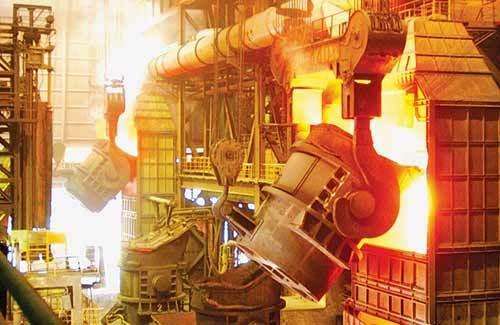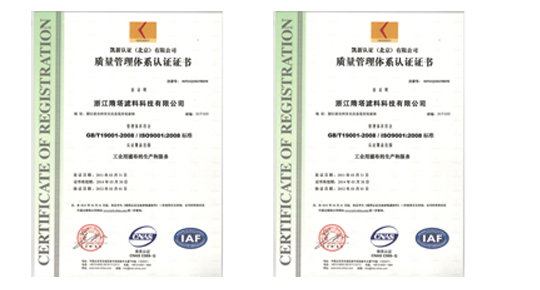-
- solid-liquid separation series
- industrial filter cloth
- filter press filter bag
- centrifuge filter bag
- leaf filter filter bag
- belt type filter press filter cloth
- flat fold filter filter cloth
- vertical disk filter filter bag
- flat filter filter cloth
- drum filter filter cloth
- suction filter filter bag
- liquid filter felt
- liquid filter bag
classification
Case
| The iron and steel industry | |
| 2019/8/15 9:51:31 阅读次数:749 | |
 |
|
| Iron and steel industry is engaged in ferrous metal mineral acquisition and black metal smelting processing and other industrial production activities of industries, including metal iron, chrome, manganese and other mineral CaiXuanYe, ironmaking, steelmaking, steel processing and smelting ferroalloy industry, steel wire and its products such as subdivision industry, is one of the important raw materials industrial nations. In addition, steel production also involves non-metallic mineral mining and products and other industrial categories, such as coking, refractory materials, carbon products, etc., so these industrial categories are usually included in the scope of steel industry. According to the operation of the steel industry released by the China iron and steel association, from January to September 2013, the sales revenue of large and medium-sized steel enterprises decreased by 6. 6% year-on-year. 49%. The loss amount of the lossmaking enterprise is 267. 2.6 billion yuan, up 41 percent year on year. Five times, a loss of 45%. Losses in the steel industry continue to mount. The apparent consumption of crude steel in China from January to September 2013 was 51,027, according to cisa data. 610,000 tons, compared with the same period, growth rate fell 9. 73 percent. Mainly used in steel industry, railway construction investment and real estate (new construction) development investment are negative growth, machinery, automobile, household appliances industry industrial output (product output) weak growth or large decline in growth, steel market demand is not a big change. But the steel price low movement, the raw material price high fluctuation, causes the enterprise profit space to compress greatly. At the present stage, China is in the middle and later stage of industrial development, with huge demand for steel and the steel industry is facing a larger market space. As shown in the figure below, from 2007 to the first half of 2011, the assets and sales scale of China's iron and steel industry showed a steady growth. In the first half of 2011, the total assets of China's steel industry reached 4864 billion yuan, with a year-on-year growth of 16.41%. The cumulative sales revenue reached RMB 3.270379 billion, up 28.96% year-on-year. On the one hand, the scale of China's steel demand continues to expand, but on the other hand, China's steel enterprises as a whole are at a low profit level. Steel industry average profit margin decline, mainly due to overcapacity in steel and ore prices. On March 23rd 2010 BHP billiton and Japanese steel mills agreed quarterly pricing, scrapping a 40-year-old model. Chinese steelmakers have been forced to accept pricing models such as quarterly, monthly and spot pricing, with iron ore prices rising. Together, the three mines made a net profit of $48bn in 2010, 3.5 times that of China's steel industry. In the first half of 2011, BHP billiton, vale and Rio tinto reported net profits of $13.1bn, $13.3bn and $7.6bn respectively, another bumper year. In the first half of 2011, China's steel industry made a profit of just 80.5 billion yuan, according to the national bureau of statistics. The former is nearly three times the latter. Chinese steelmakers spent an extra $16.017 billion importing iron ore in the first half of 2011 because of rising prices. Chinese steel enterprises need to speed up the pace of getting rid of iron ore constraints, steel enterprises need to speed up the extension of the upstream field, and increase the intensity of overseas mining development, in this regard, wisco, baosteel and other enterprises have achieved good results. China's steel overcapacity and unreasonable industrial structure are also the main reasons for the meagre profits of the steel industry. During the 12th five-year plan period, the steel industry will eliminate 75 million tons of outdated steelmaking capacity and 48 million tons of outdated steelmaking capacity. At the same time, the restructuring and integration of iron and steel enterprises in the region has been upgraded again. Steel groups have been formed in hebei, shandong, guangdong, liaoning and other regions. Experts expect China's severe iron ore shortage to improve by 2014; By then, the merger and integration of steel enterprises will also come to an end. At the end of the 12th five-year plan period, the profitability of China's steel industry is expected to rebound. |
|
| Previous:无 | next: Refuse incineration industry |



 chinese
chinese English
English
